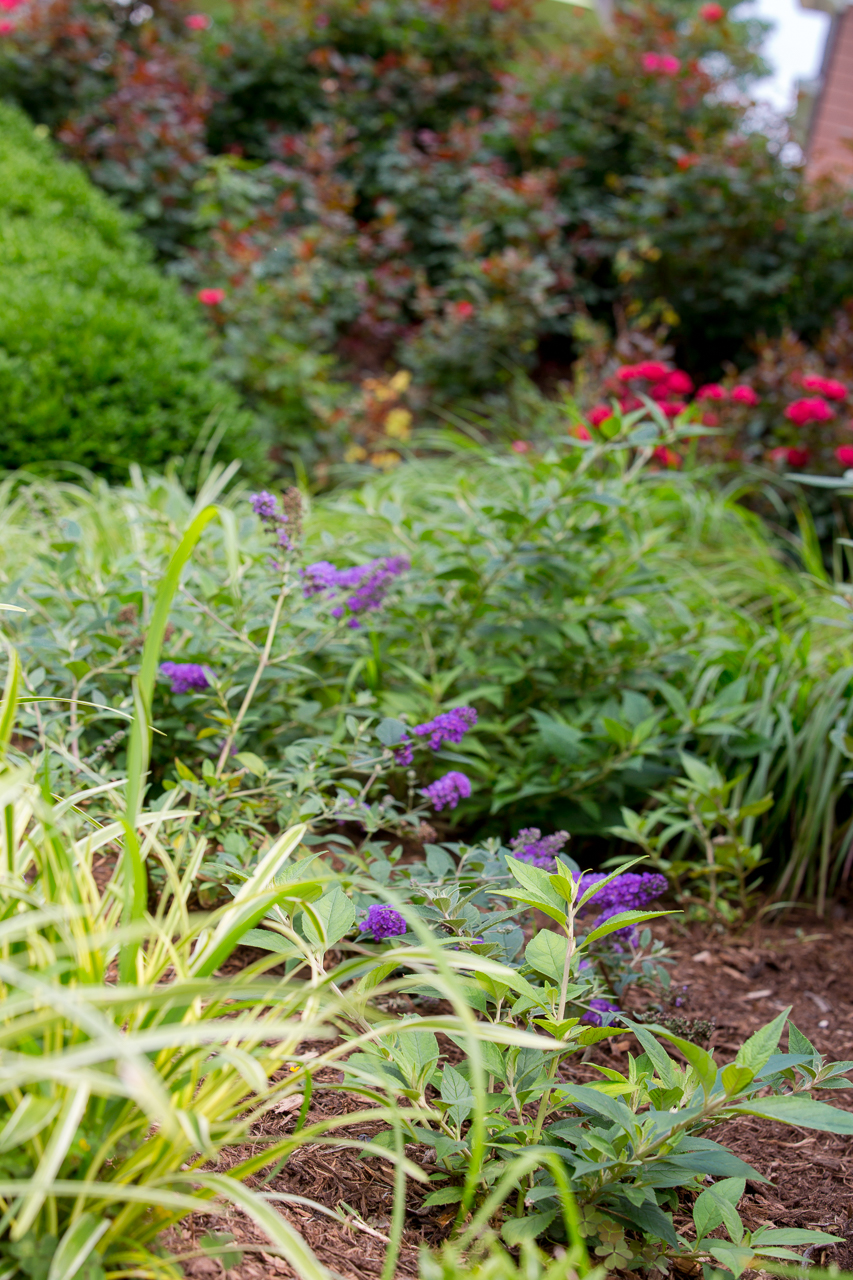
We all know that greenhouse gases are increasing in our atmosphere. The most prevalent of those gases is carbon dioxide which makes up 26% of all greenhouse gases. Did you know that plants capture and hold an enormous amount of carbon dioxide? In fact, 50% of the dry weight of a plant is carbon. Forests, and that includes the trees in your yard, trap up to 12% of all the carbon from fossil fuel emissions in this country.
The process by which plants trap carbon dioxide is simple. Plants use sunlight, water and carbon dioxide to make sugar. The sugar is then used to make carbon-based cellulose which is the primary structural element in all plant tissues. Cellulose is found in the roots, trunk, stems and leaves of all plants. Plants take in carbon dioxide and use it to make tissue – it’s that simple. As long as a plant is alive that carbon is trapped inside, unable to reach the atmosphere. If the plant dies and is ground up as wood chips or mulch and allowed to decompose – the carbon is slowly released into the atmosphere where it immediately combines with oxygen to make carbon dioxide.
As far as the amount of carbon each plant contains nothing beats a good tree. Trees by their nature have an enormous amount of structural tissue, they have to in order to support something so large. We’ve all handled firewood or lumber so we know how heavy dry wood can be. Well 50% of the weight of that wood is carbon. Therefore, a 20 – 30 foot tall maple or oak tree in your yard could easily be holding a ton or more of carbon. It’s entirely possible that the plants on your property hold dozens of tons of carbon.
As you walk through your landscape and enjoy the beauty of your plants and trees, remind yourself that in addition to everything else they provide, they also trap and hold an enormous amount of carbon that would otherwise be contributing to the build-up of greenhouse gases